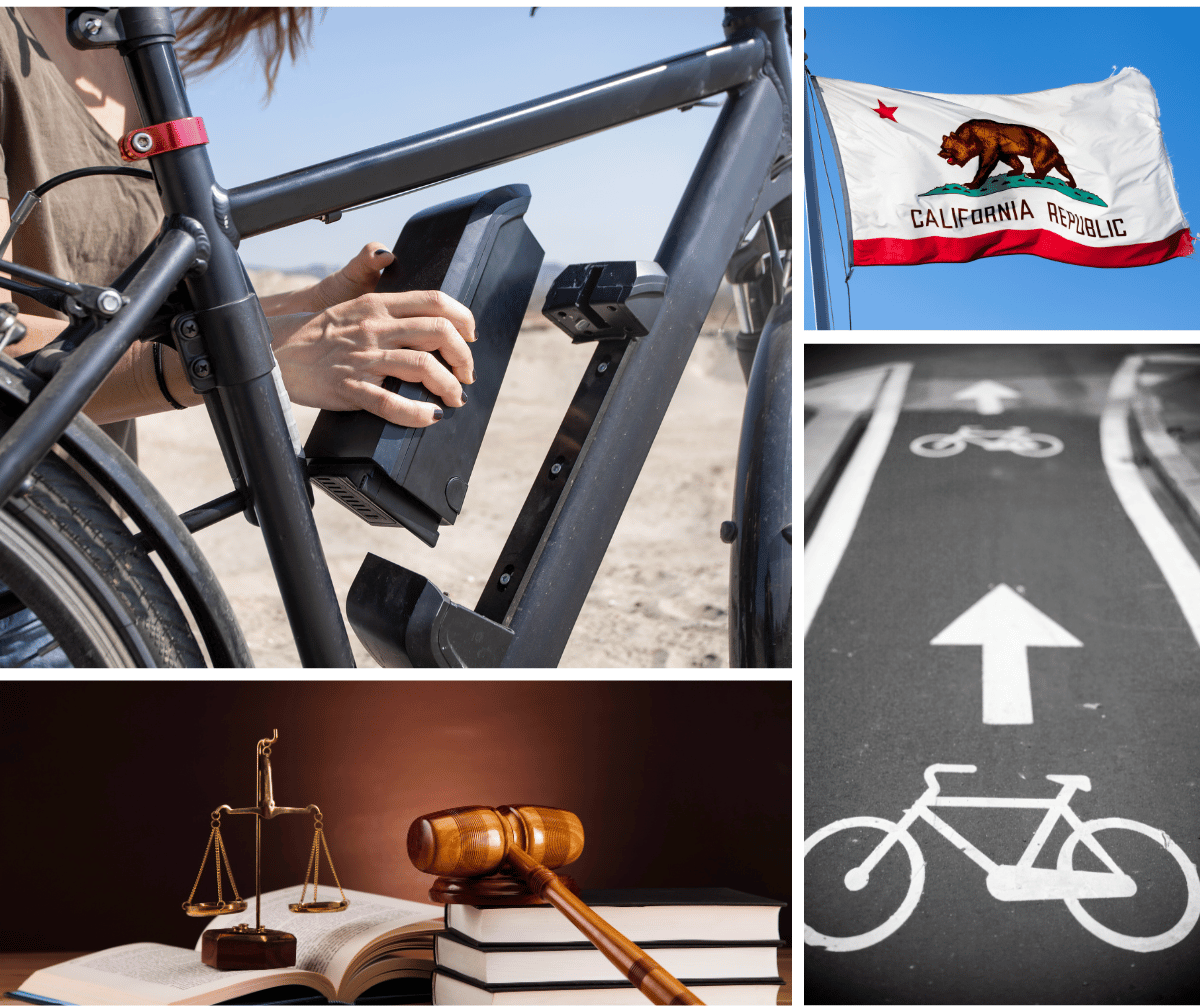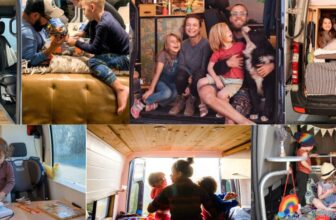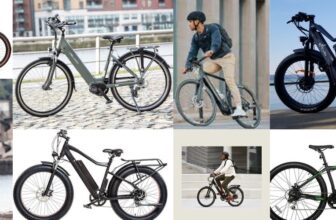
Updated on June 24, 2024
Electric bikes (e-bikes) are becoming increasingly popular in California due to their convenience, environmental benefits, and fun. However, it’s crucial to understand the specific laws and regulations governing their use to ensure you ride safely and legally. This guide will provide an overview of California e-bike laws, classifications, equipment requirements, and tips for safe riding.
E-Bike Classifications
California classifies e-bikes into three categories based on their maximum speed and the type of assistance they provide:
- Class 1 E-Bikes: These e-bikes are pedal-assist only, meaning the motor provides assistance only when the rider is pedaling. The motor cuts off when the bike reaches 20 mph.
- Class 2 E-Bikes: These e-bikes have a throttle-assist mode, which allows the rider to use the motor without pedaling. The motor also cuts off at 20 mph.
- Class 3 E-Bikes: These are pedal-assist e-bikes that can reach speeds of up to 28 mph. Riders must be at least 16 years old, and helmets are mandatory.
Age and Helmet Requirements
- Riders of Class 3 e-bikes must be at least 16 years old.
- Helmets are required for all Class 3 e-bike riders and passengers. For Class 1 and Class 2 e-bikes, helmets are recommended but not legally required for riders over 18.
Where You Can Ride
- Bike Lanes and Paths: Class 1 and Class 2 e-bikes are allowed on most bike lanes and multi-use paths. Class 3 e-bikes are generally restricted from bike paths unless they are adjacent to a roadway or specifically permitted by local ordinances.
- Roadways: All classes of e-bikes can be used on roadways, following the same rules as traditional bicycles.
- Trails: E-bike access to trails is determined by local jurisdictions. Always check local regulations before riding on trails.
Equipment Requirements
To ensure your e-bike is compliant with California laws, it must have the following equipment:
- Lights: A white front light visible from at least 300 feet and a red rear reflector or light visible from at least 500 feet are required when riding at night.
- Brakes: Functional brakes capable of making the e-bike stop safely.
- Electric Motor: The motor should not exceed 750 watts (1 horsepower).
Registration and Licensing
Unlike motor vehicles, e-bikes do not require registration, a license plate, or a driver’s license to operate in California. However, it’s essential to carry an ID when riding, especially for Class 3 e-bike users who must be at least 16 years old.
Safety Tips
- Wear a Helmet: Even if it’s not legally required for your e-bike class, wearing a helmet can significantly reduce the risk of head injuries in an accident.
- Be Visible: Use lights and wear reflective clothing, especially when riding at night or in low-visibility conditions.
- Follow Traffic Laws: Obey all traffic signals, signs, and laws just as you would when driving a car.
- Stay Aware: Be mindful of your surroundings, watch for pedestrians, and signal your intentions to other road users.
Conclusion
Understanding and following California’s e-bike laws ensures you can enjoy the benefits of e-biking while staying safe and legal. Whether you’re commuting, exercising, or exploring, e-bikes offer a versatile and eco-friendly way to travel. Always stay informed about local regulations and practice safe riding habits.






